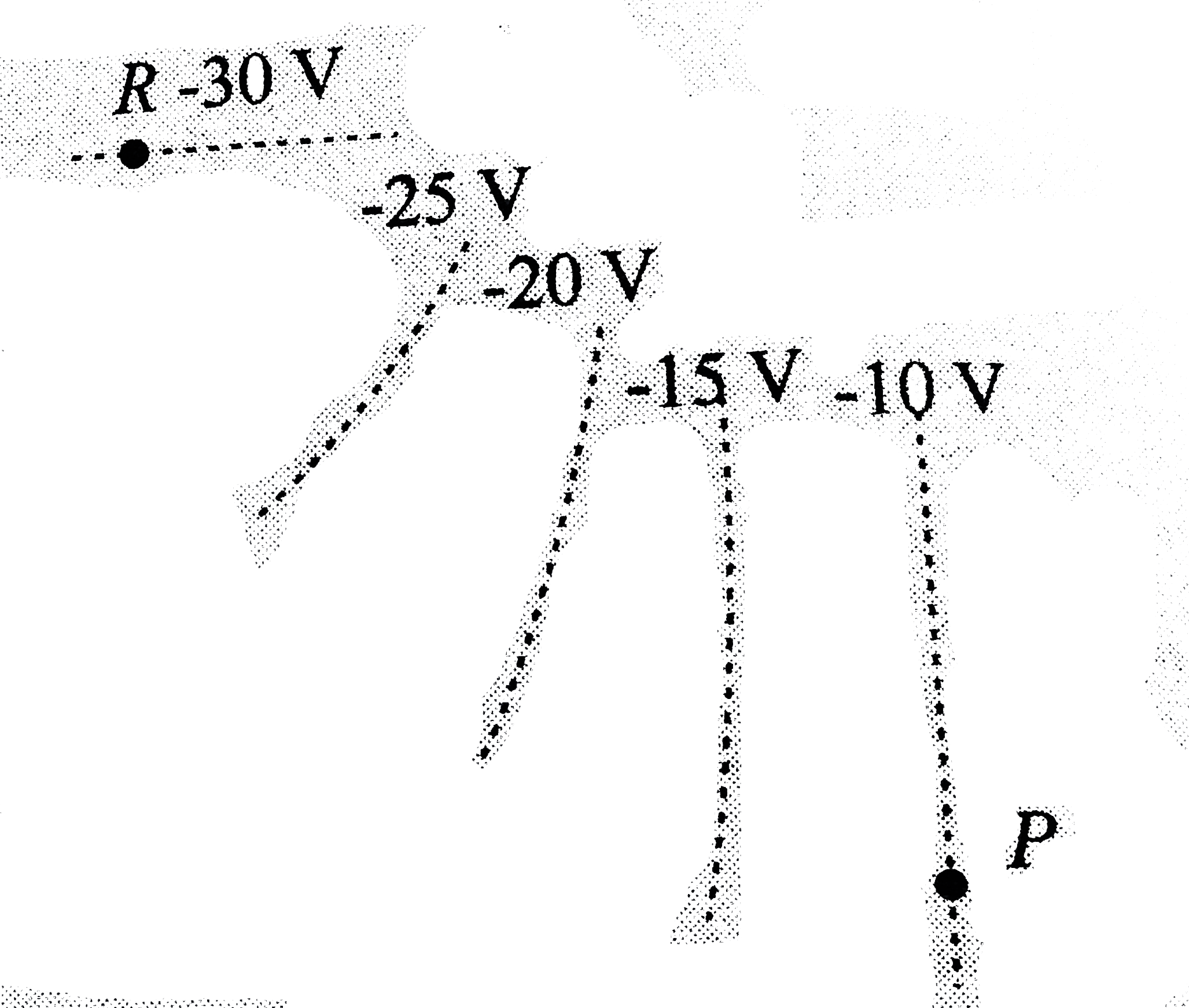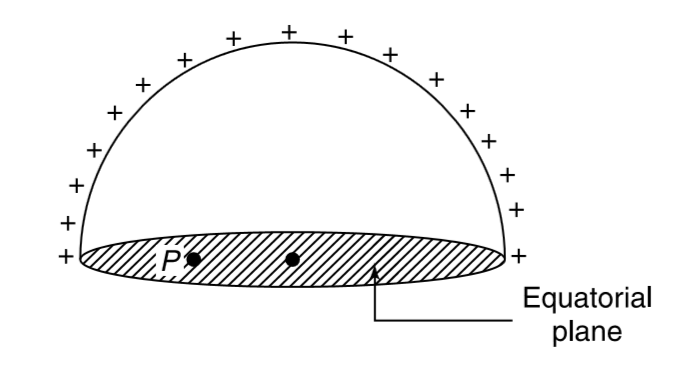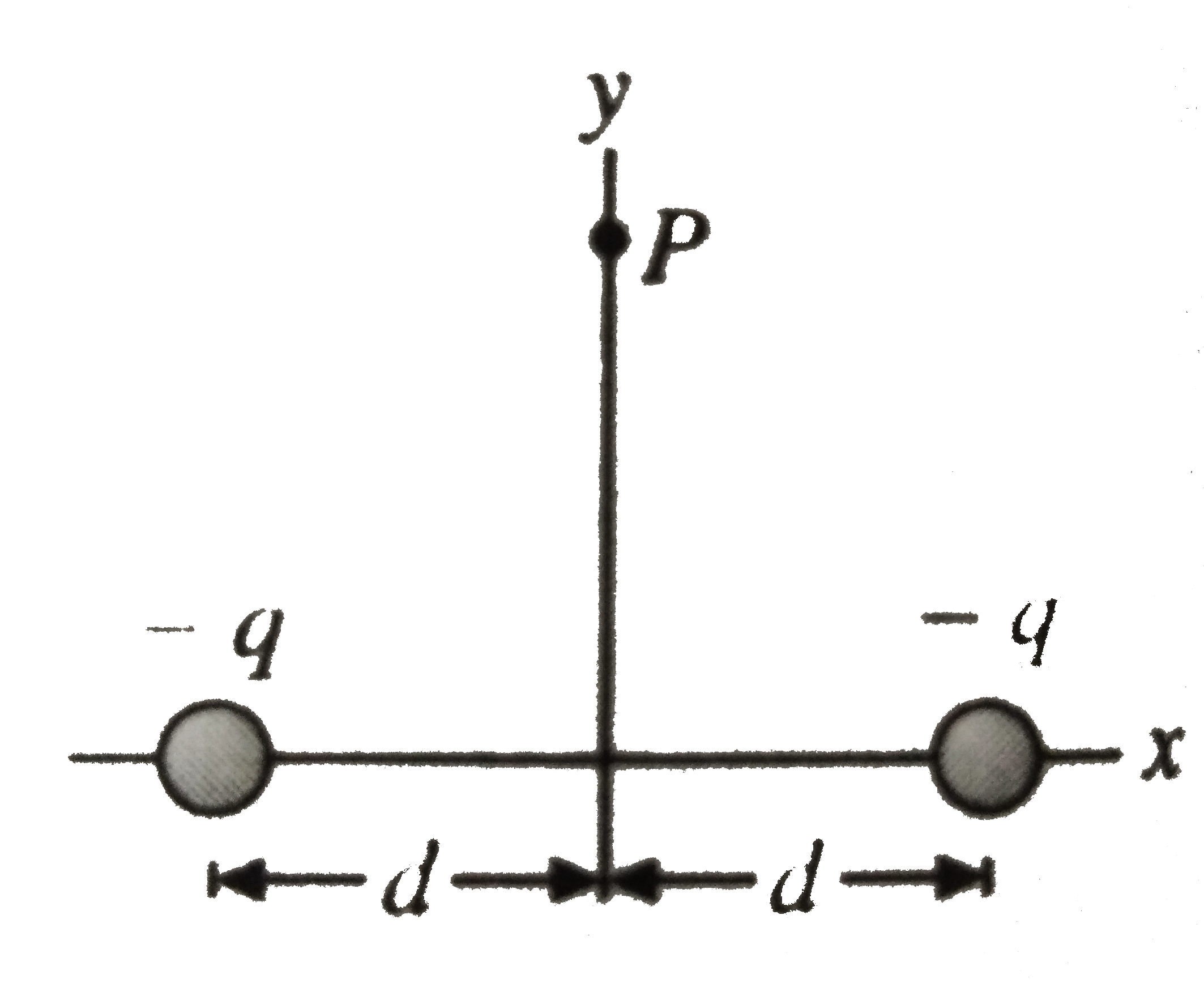A copper(density of Cu=pc) ball of diameter dis innnersed in oil of density p0 . What is the charge on the ball if, in a homogeneous elecltric field E directed vertically upward, it is suspended in the oil ?(k=πd3pcgE) :
16k(1−p0pc)
13k(1−p0pc)
12k(1−p0pc)
k(1−p0pc)
Step by step video & image solution for A copper(density of Cu=p_(c)) ball of diameter dis innnersed in oil of density p_(0) . What is the charge on the ball if, in a homogeneous elecltric field E directed vertically upward, it is suspended in the oil ?(k=pid^(3)(p_(c)g)/(E)) : by Physics experts to help you in doubts & scoring excellent marks in Class 12 exams.
Topper's Solved these Questions
- BOOK - PHYSICS GALAXY - ASHISH ARORACHAPTER - ELECTROSTATICSEXERCISE - Advance MCQs40videos
ELECTROSTATICS
- BOOK - PHYSICS GALAXY - ASHISH ARORACHAPTER - ELECTROSTATICSEXERCISE - Unsolved Numberical Problems73videos
ELECTROSTATICS
- BOOK - PHYSICS GALAXY - ASHISH ARORACHAPTER - ELECTROSTATICSEXERCISE - Conceptual MCQs single option correct70videos
ELECTROSTATICS
- BOOK - PHYSICS GALAXY - ASHISH ARORACHAPTER - ELECTROMAGNETIC INDUCTION AND ALTERNATING CURRENTEXERCISE - Advance MCQs33videos
ELECTROMAGNETIC INDUCTION AND ALTERNATING CURRENT
- BOOK - PHYSICS GALAXY - ASHISH ARORACHAPTER - GEOMETRICAL OPTICSEXERCISE - Unsolved Numerical Problems107videos
GEOMETRICAL OPTICS
Similar Questions
A copper ball of density 8.6g/ amd 1 cm in diameter is immersed in oil of density 0.8g/. What is the charge on the ball, if it remains just suspended in oil in electric field of intensity 3600V/m acting in the upward direction ?
View SolutionA copper ball of density 8.6gcm−3 and 1 cm in diameter is immersed in oil of density 0.8gcm−3. What is the charge on the ball, if it remains just suspended in oil in electric field of intensity 3600V/m acting in the upward direction ?
View Solution
Knowledge Check
- Question 1 - Select One
A copper ball of density 8.6gcm−3,1cm is diameter is immersed in oil of density 0.8dcm−3. If the ball remiand suspended in oil in a uniform electric field of intensity 36000NC−1 acting in upward direction, what is the charge on the ball ?
A1.1μCB4.2μCC2.4μCD3.7μC - Question 2 - Select One
(Figure 3.27) shows equipotential surfaces. What is the direction of electric field →E at P and R?
 .AAt P, electric field E is to the left and at R is upward.BAt P, electric field E is to the Right and at R is upward.CAt P, electric field E is to the left and at R is downward.DNone of the Above
.AAt P, electric field E is to the left and at R is upward.BAt P, electric field E is to the Right and at R is upward.CAt P, electric field E is to the left and at R is downward.DNone of the Above
An oil drop of radius r and density r is held stationary in a uniform vertically upwards electric field 'E'. If p0=(<p) is the density of air and e is quanta of charge, then the drop has–
View SolutionThere is an electric field E in the +x -direction.If the Force on a charge 0.2C placed in this electric field is 1.0N ,what is the value of E in N/c
View SolutionAn iron ball of radius 0.3cm falls through a column of oil of density 0.94cm−3 .It is found to attain a terminal velocity of 0.5 cm−1 Determine the viscosity of the oil, Given that density of iron is 7.8g cm−3
View SolutionA charged ball with mass m and charge q is dropped from a height h over a non-conducting smooth horizontal plane. There exists a uniform electric field E0 in vertically downward direction and the coefficient of restitution between the ball and the plane is e. Find the maximum height attained by the ball after nth collision.
View SolutionConsider a uniformly charged hemispherical shell. What can you say about the direction of electric field at points on the equatorial plane. (e.g. point P)
 View Solution
View SolutionIn fig, two particles, each of charge -q are arranged symmetrically about the y-axis, each producing an electric field at point P on the y-axis.
 .
.
(a) Are the magnitudes of the fields at P equal?
(b) Is each electric field directed towards or away form the charge producing it ?
(c ) Is the magnitude of the net electric field at P equal to the sum of the magnitudes E of the two field vectors (is it equal to 2E)?
(d) Do the x-components of those two field vectors add or cancel?
(e ) Do their y-components add or cancel?
(f) Is the diretion of the net field at P that of the canceling components or the adding components?
(g) What is the direction of the net field?View Solution

